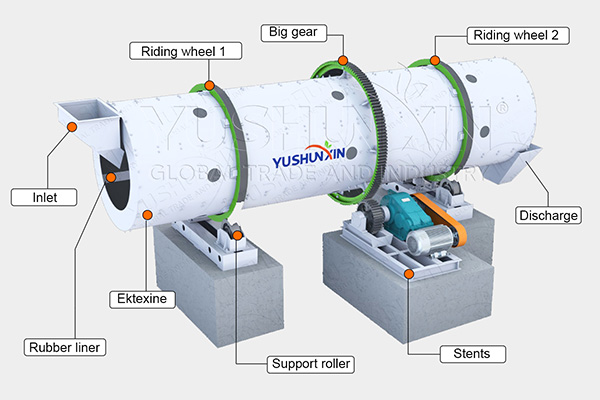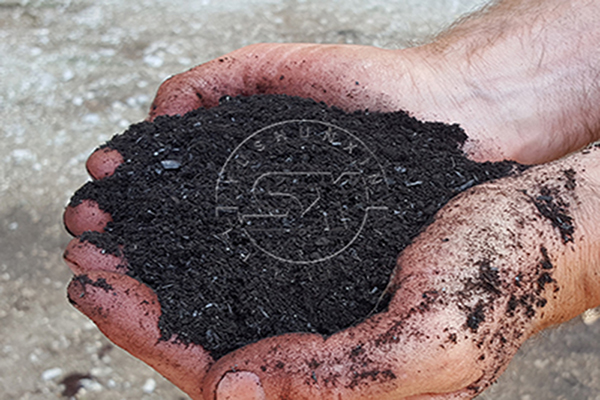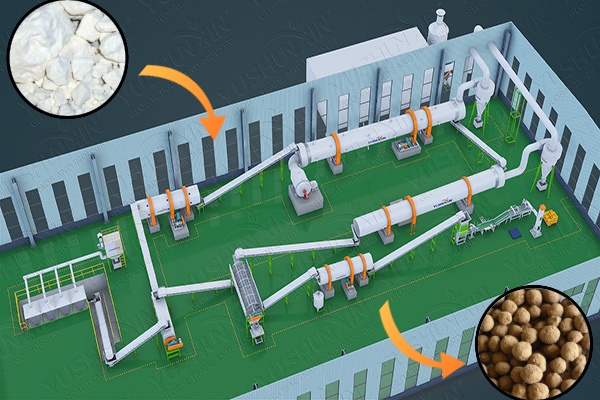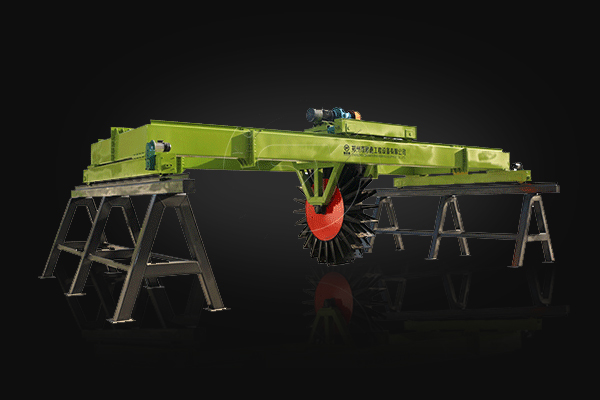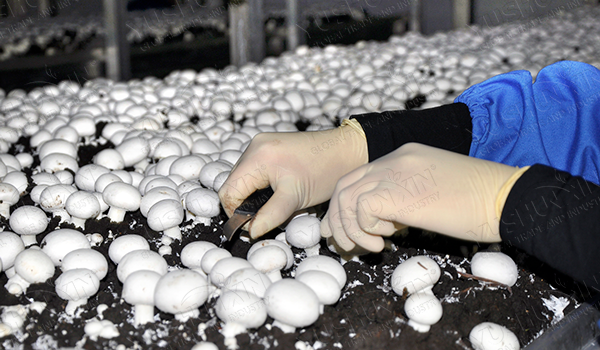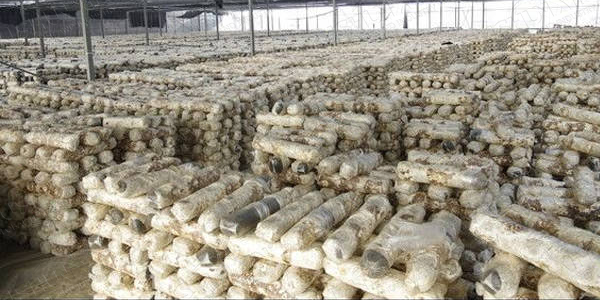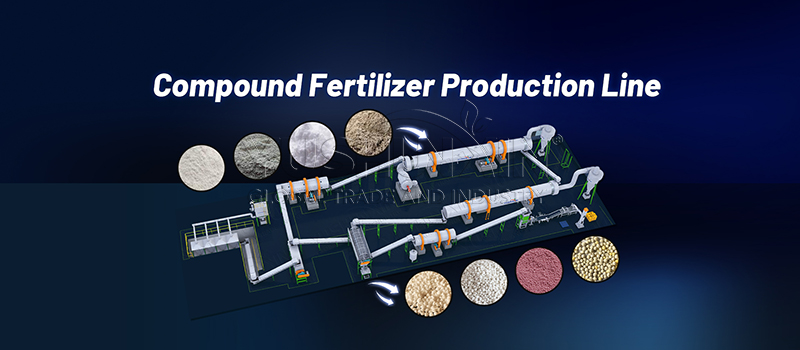Drum pelleting machine is an essential tool in the production of NPK 17:17:17 fertilizer. This machine is used to create pellets from a mixture of nitrogen, phosphorus, and potassium in the ratio of 17:17:17. The process of using a drum pelleting machine to make NPK 17:17:17 fertilizer involves several steps, which are outlined below.
Preparing the Raw Materials
Before using the drum pelleting machine, it is important to prepare the raw materials. This involves mixing the nitrogen, phosphorus, and potassium in the correct ratio of 17:17:17. The raw materials should be thoroughly mixed to ensure that the pellets produced have a uniform composition.
Feeding the Drum Pelleting Machine
Once the raw materials are prepared, they are fed into the rotary drum pellet equipment. The machine has a hopper where the raw materials are poured. The hopper is connected to a conveyor belt that transports the materials to the drum.
Pelletizing the Raw Materials
Inside the drum, the raw materials are subjected to high pressure and heat. The pressure and heat cause the materials to bind together and form pellets. The size of the pellets can be adjusted by changing the settings on the drum pelleting machine.
Cooling the Pellets
After the pellets are formed, they are discharged from the drum and passed through a cooling conveyor. The cooling conveyor helps to solidify the pellets and prevent them from sticking together.
Packaging the NPK 17:17:17 Fertilizer
Once the pellets are cooled, they are ready to be packaged. The pellets can be packaged in bags or bulk containers, depending on the preference of the manufacturer or the end-user.
Using a drum pelleting machine to make NPK 17:17:17 fertilizer is a relatively simple process. However, it is important to follow the steps outlined above to ensure that the pellets produced are of high quality and have the correct composition. By using a drum pelleting machine, manufacturers can produce NPK 17:17:17 fertilizer efficiently and cost-effectively. If you want to need other npk fertilizer plant, we can also provide you with professional machines.


